-
Austria | English
-
Belgique | Français
-
Belgium | English
-
Bulgaria | English
-
Croatia | English
-
Czechia | English
-
Denmark | English
-
Estonia | English
-
Finland | English
-
France | Français
-
France | English
-
Germany | English
-
Greece | English
-
Hungary | English
-
Ireland | English
-
Italy | English
-
Latvia | English
-
Lithuania | English
-
Luxembourg | English
-
Netherlands | English
-
Poland | English
-
Portugal | English
-
Romania | English
-
Slovakia | English
-
Slovenia | English
-
Spain | English
-
Sweden | English
-
Suisse | Français
-
Switzerland | English
-
United Kingdom | English
L'art de se distinguer
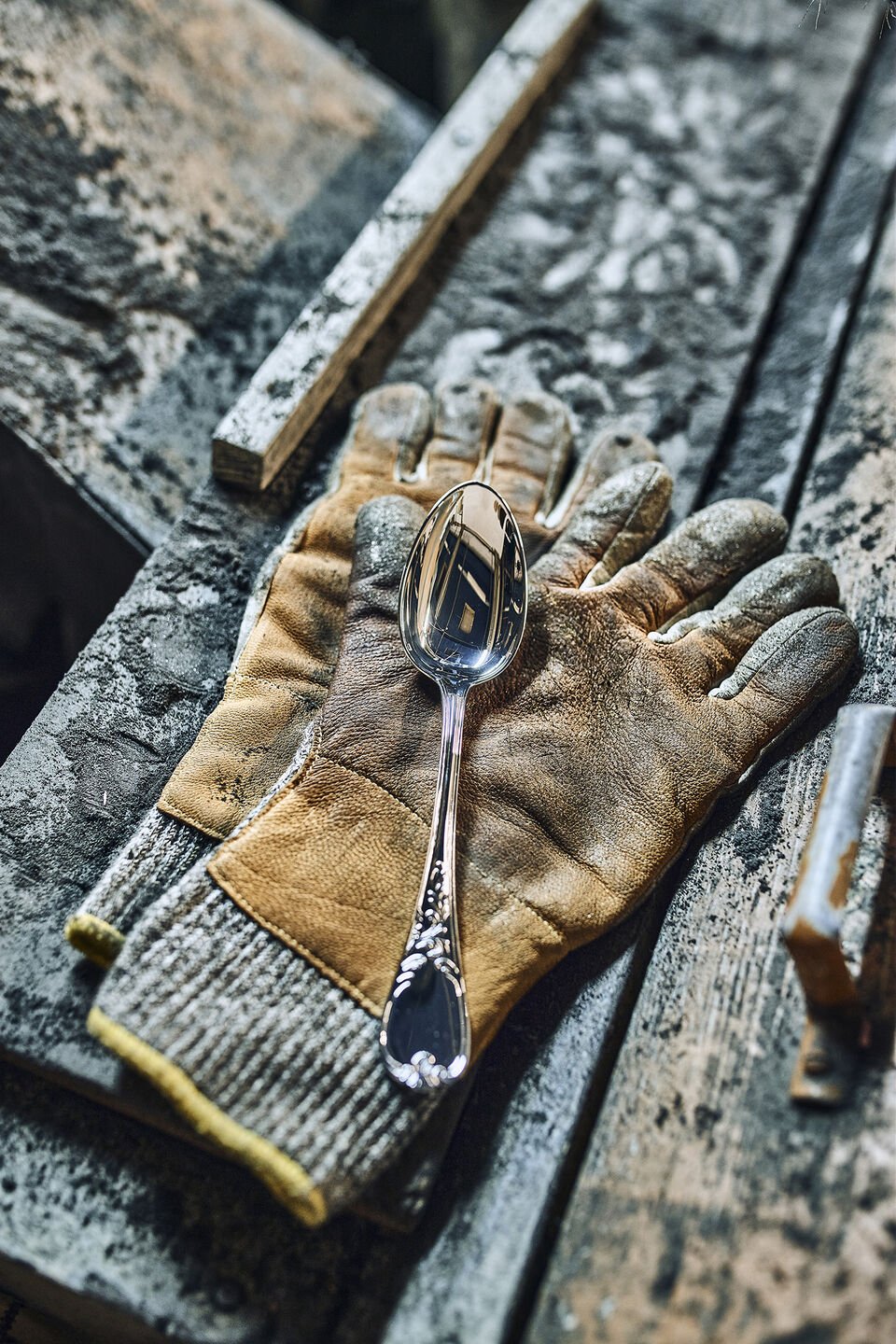
Créativité et singularité
Ercuis se distingue par sa créativité et son savoir-faire unique dans la création de pièces iconiques, alliant formes et matières. Amateurs de beaux objets, esthètes cosmopolites, nos clients sont des amoureux de l'art de recevoir. Aux quatre coins du monde, Ercuis est choisi par les plus grands palaces et les plus prestigieux restaurants étoilés.
/Brant%C3%B4me%20-%20t%C3%AAte%20m%C3%A9nag%C3%A8re%20-%201000%20x%201000.jpg?sw=960)
Intemporalité
Au-delà des tendances, nos créations défient les modes et le temps grâce à leurs finitions exceptionnelles et leur raffinement précieux. Elles sont les ornements qui distinguent une grande table ou un bel intérieur.
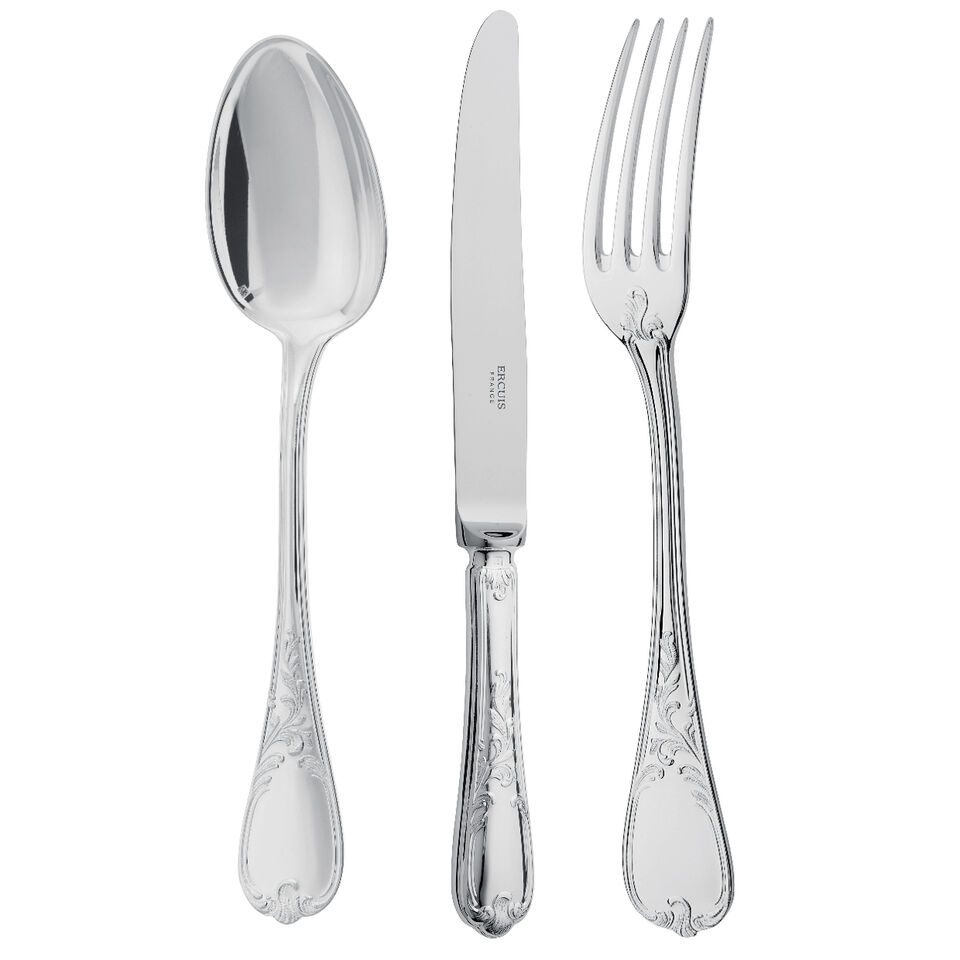
Perfectionnisme
Nous façonnons, collection après collection, des pièces uniques pouvant répondre aux demandes les plus exclusives. Dans une quête constante de perfection, l’attention est portée à chaque détail : noblesse des matières, raffinement des finitions pour créer les pièces iconiques d’aujourd’hui et de demain.
/Paris%20-%20t%C3%AAte%20m%C3%A9nag%C3%A8re%20-%201000%20x%201000.jpg?sw=960)
Créativité perpétuelle
Nourrie d’une histoire singulière, notre maison se différencie par son identité créative audacieuse. Elle a séduit des grands noms de l’hôtellerie et de la haute gastronomie à chaque étape de son histoire et continue de se réinventer en alliant classicisme et modernité.
/Transat%20-%20t%C3%AAte%20m%C3%A9nag%C3%A8re%20-%201000%20x%201000.jpg?sw=960)
Universalité
Ercuis promeut le savoir-faire français à travers le monde, sur les plus grandes tables. Tout au long de son histoire, Ercuis a été présent dans des lieux mythiques, comme l'Orient-Express ou les transatlantiques Le France et Le Normandie.
/Brant%C3%B4me%20-%20t%C3%AAte%20m%C3%A9nag%C3%A8re%20-%201000%20x%201000.jpg?sw=960)
Intemporalité
Au-delà des tendances, nos créations défient les modes et le temps grâce à leurs finitions exceptionnelles et leur raffinement précieux. Elles sont les ornements qui distinguent une grande table ou un bel intérieur.

Perfectionnisme
Nous façonnons, collection après collection, des pièces uniques pouvant répondre aux demandes les plus exclusives. Dans une quête constante de perfection, l’attention est portée à chaque détail : noblesse des matières, raffinement des finitions pour créer les pièces iconiques d’aujourd’hui et de demain.
/Paris%20-%20t%C3%AAte%20m%C3%A9nag%C3%A8re%20-%201000%20x%201000.jpg?sw=960)
Créativité perpétuelle
Nourrie d’une histoire singulière, notre maison se différencie par son identité créative audacieuse. Elle a séduit des grands noms de l’hôtellerie et de la haute gastronomie à chaque étape de son histoire et continue de se réinventer en alliant classicisme et modernité.
/Transat%20-%20t%C3%AAte%20m%C3%A9nag%C3%A8re%20-%201000%20x%201000.jpg?sw=960)
Universalité
Ercuis promeut le savoir-faire français à travers le monde, sur les plus grandes tables. Tout au long de son histoire, Ercuis a été présent dans des lieux mythiques, comme l'Orient-Express ou les transatlantiques Le France et Le Normandie.
Plus de 150 ans d'histoire
HÉRITAGE
Depuis la création de notre entreprise en 1867, nous réinventons la Haute Orfèvrerie. Dédiée aux tables des privilégiés depuis des siècles, soumise aux évolutions de la gastronomie, de la mode et des coutumes, l'orfèvrerie reste indissociable de l'art de vivre à la française. Ercuis contribue à perpétuer cette tradition, en s'ouvrant pleinement aux innovations des arts décoratifs, du design et de la haute gastronomie.

Le Centaure
Le poinçon distinctif est adopté sur les couverts et l'argenterie d'Ercuis en 1886. La créature mythique orne tous les couverts et articles de vaisselle en argent et en métal argenté.

Reconnaissance internationale
Lors des trois expositions universelles de Paris des années 1920 et 1930, Ercuis s'est distingué par sa créativité et son savoir-faire unique dans la création de pièces emblématiques, alliant formes et matériaux.
/Transat%207%20-%201000%20x%201000.jpg?sw=502&sh=502)
Iconic liners
Ercuis a été sollicité par le ministère français de la Marine pour équiper le paquebot Le Normandie. D'autres navires transatlantiques suivront. Cette époque marque durablement le style des créations de l'entreprise.

Le France
Ercuis équipe Le France, l'un des tout derniers paquebots transatlantiques.
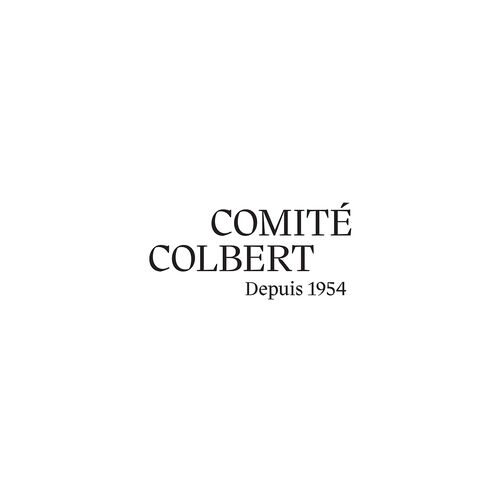
Comité Colbert
En 1978, Ercuis devient membre du Comité Colbert, qui réunit les plus grands noms du luxe et du design français d'exception.

Orient-Express
A l'occasion de la renaissance du Venice Simplon Orient-Express en 1981, Ercuis est sollicité pour équiper son restaurant. Pour cette occasion, la ligne originale d'argenterie gravée VSOE est créée.

Le village
En 1867, l'abbé Pillon fonde une entreprise d'orfèvrerie dans le village d'Ercuis, à 50 km au nord de Paris. Dans un premier temps, le savoir-faire de l'entreprise se concentre sur l'orfèvrerie religieuse, avant de s'orienter vers les arts de la table.
Créations au fil des ans...
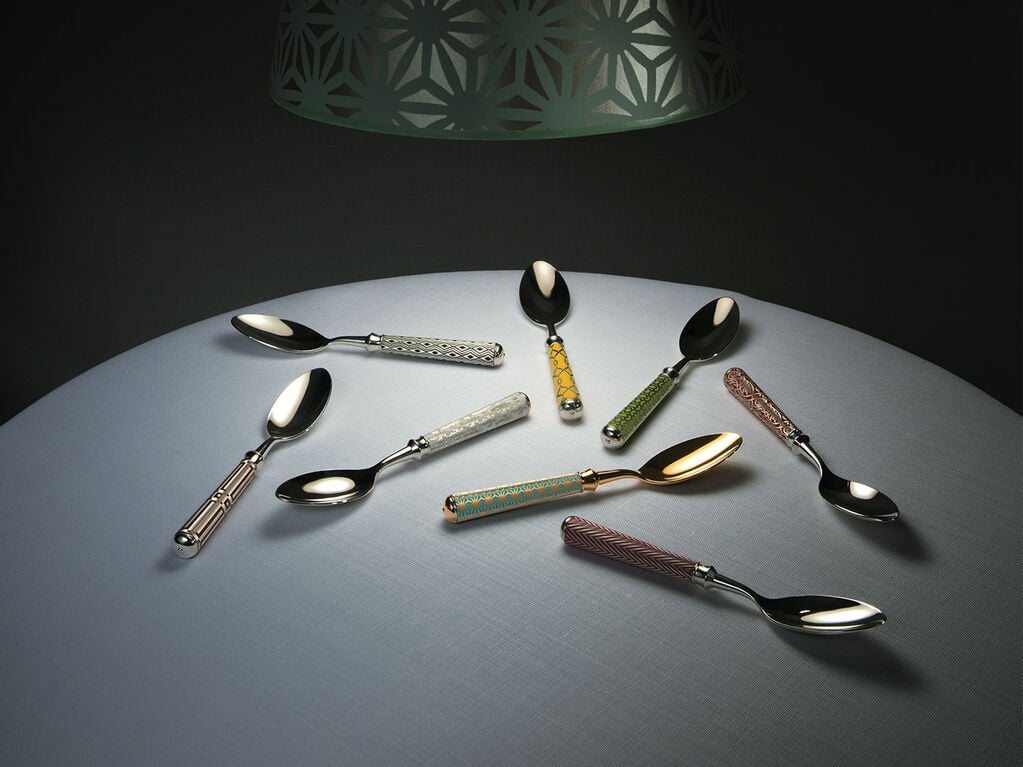
2013
ARTS DÉCORATIFS
Ercuis innove en créant des couverts sur mesure : Arts Décoratifs. Avec ses motifs colorés, les couverts ont une nouvelle personnalité. 9 motifs sont à associer à une laque colorée à choisir parmi 30 teintes. Un éventail de choix pour tous les goûts, tous les styles et toutes les fantaisies.
/Latitude%206%20%20-%201536%20x%202304.jpg?sw=511&sh=767)
2010
LATITUDE
Latitude, la collection iconique d'argenterie Ercuis, est née d'une idée simple : présenter les mignardises à la verticale pour ponctuer les services des plus grandes tables, créer la surprise et sublimer les instants les plus gourmands.

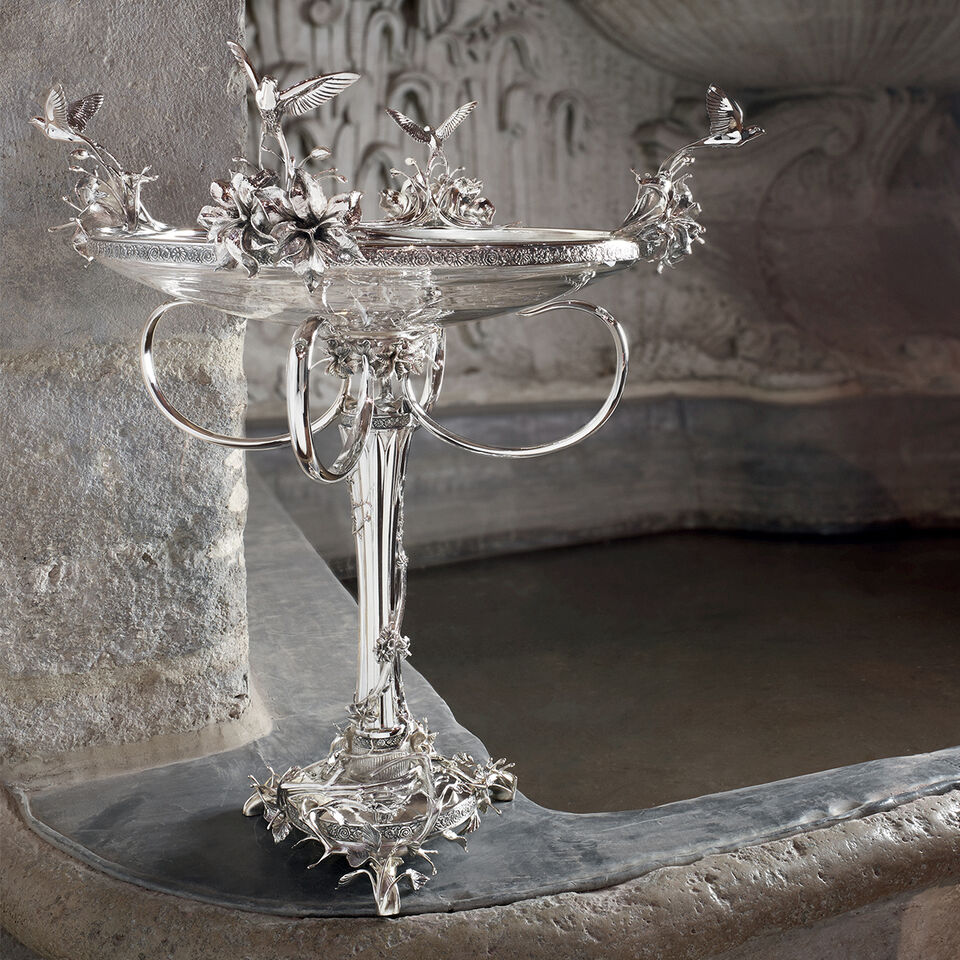
/Insolent%201%20-%201536%20x%201536.jpg?sw=960&sh=960)
/Miroir%205%20-%201536%20x%201536.jpg?sw=960&sh=960)
/Escale%20Enchant%C3%A9e%201%20-%201536%20x%201536.jpg?sw=80&sh=80)


